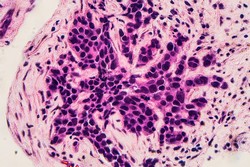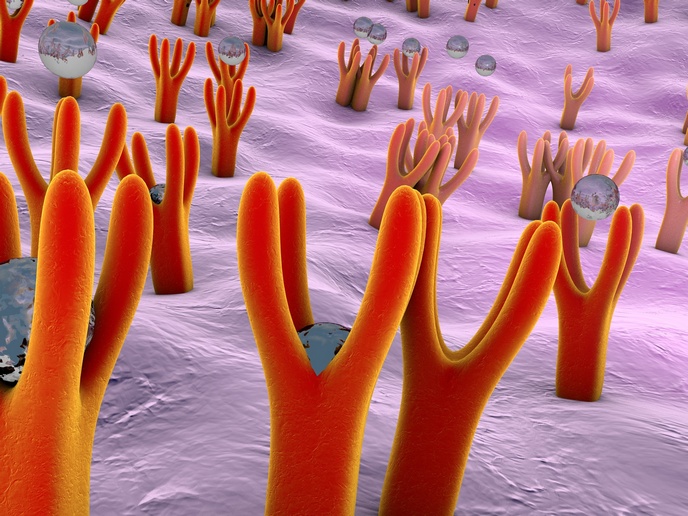SHP2 function in the breast cancer nucleus
The SHP2N (Characterization of nuclear SHP2 function in breast cancer progression and metastasis) project has specifically looked at the enzyme Src-homology 2 domain-containing phosphatase (SHP2). Recent research has implicated this phosphatase, as part of a larger group of protein tyrosine phosphatases (PTPs), in the maintenance of signalling in both cytoplasm and nucleus. The researchers have determined the function of SHP2 in the nucleus in breast cancer and validated nucleolin (NCL) as a potential SHP2 nuclear substrate. To do this, they developed new tools including a lentivirus vector with mutant SHP2 and SHP2 null and mutant cell lines utilising CRISPR-CAS9 technology. Using engineered cell lines and NES mutants in the lenti-viral system to generate the appropriate NLS mutants, the data reaffirmed that SHP2 can be found in the nucleus of a human breast cancer cell line and a non-tumorigenic but transformed human cell line. As for NCL, results identified the molecule as a novel SHP2 interacting protein in the nuclear fraction. However, the effects resulting from the nuclear interaction between SHP2 and NCL are not dependent on tyrosine phosphorylation. Research continues to investigate if an epigenetic mechanism involving nuclear SHP2 is affected by its interaction with NCL. PTPs were once regarded as housekeepers of tissue homeostasis but the SHP2N project has confirmed their critical role in cell fate and significantly, tumour formation. Breast cancer is the most frequently diagnosed cancer in women. Application of the molecular chemistry behind disease progression may help to stem the incidence of relapse, which is very common in this type of cancer.







